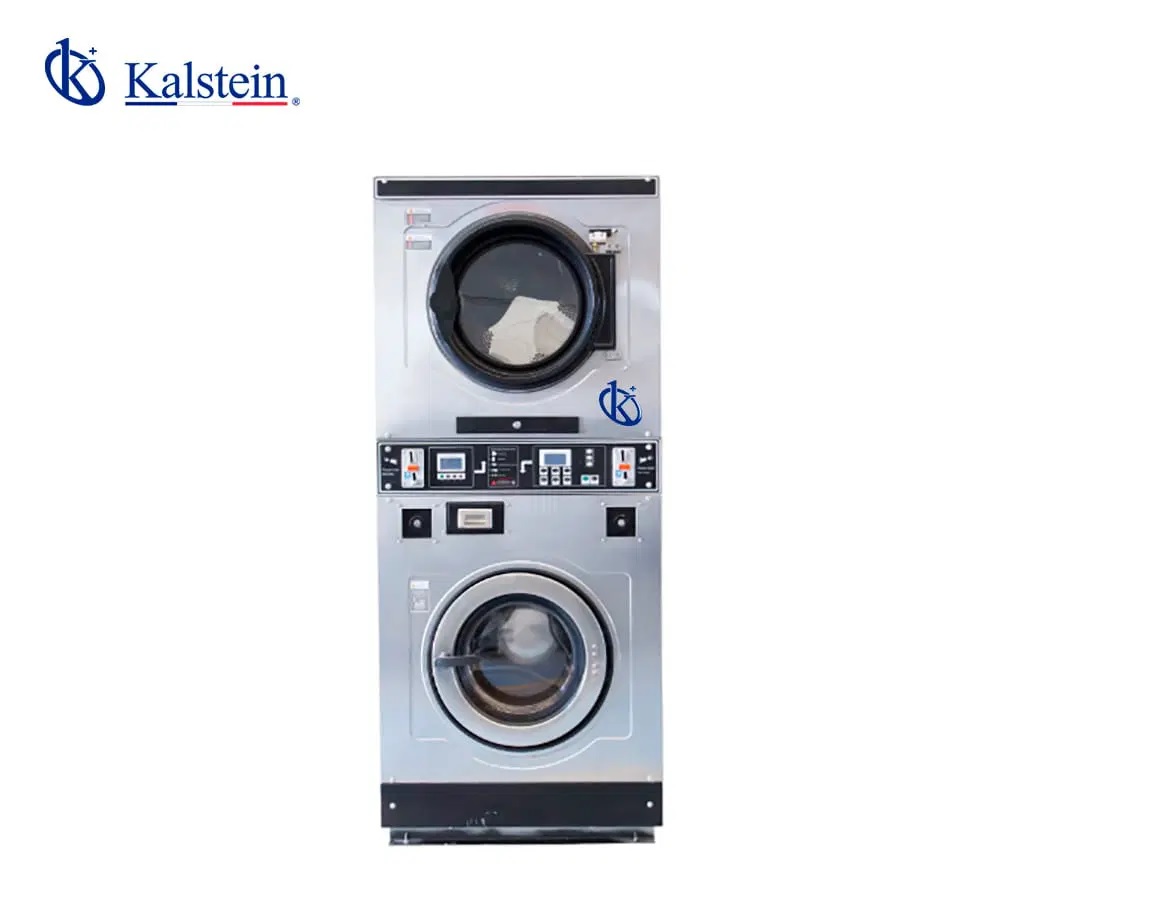Industrial washers play a crucial role in the medical industry, ensuring the cleanliness and sterilization of medical equipment and devices. In an environment where hygiene is of utmost priority, innovations in these machines are essential to maintaining high standards of safety and efficiency.
This article explores the latest trends in industrial washers for the medical line, highlighting how these developments align with the current needs of the industry.
If you’re seeking a blend of innovation and quality, you’ve come to the right place. At https://kalstein.de/category-product/medical-line/industrial-washing-machine/ we offer you the luxury to explore our exclusive catalog of laboratory equipment. We manufacture each piece of equipment with a level of excellence. Our intuitive and agile online shopping channels are designed for your convenience, ensuring the friendliest prices. Don’t hesitate any longer, we bring science to life, it’s time to become part of our community. https://kalstein.de/
Advances in Washing and Sterilization Technology
In recent years, washing and sterilization technology has made significant strides. Modern industrial washers are equipped with automated systems that ensure thorough cleaning of medical equipment. These systems include advanced sensors that monitor the washing process in real-time, adjusting parameters to guarantee optimal results.
Moreover, the integration of ultrasonic disinfection technologies has allowed for deeper and more efficient cleaning. Ultrasonics generate microbubbles that remove dirt and microorganisms from hard-to-reach surfaces, ensuring complete sterilization. These innovations not only improve the effectiveness of the cleaning process but also reduce the time and resources required.
Sustainability and Energy Efficiency
Sustainability has become a priority in the medical industry, and industrial washers are no exception. Manufacturers are developing equipment that not only meets the highest cleaning standards but is also energy efficient. Modern washers are designed to consume less water and energy, thereby reducing their environmental footprint.
The use of recyclable materials and technologies that minimize waste is also a growing trend. Water recycling systems, for example, allow for the reuse of wash water, decreasing overall consumption. These practices benefit the environment and represent a reduction in operational costs for medical facilities.
Integration of Industry 4.0
Industry 4.0, characterized by the digitization and interconnection of equipment and systems, is transforming the industrial washer sector. The integration of the Internet of Things (IoT) allows washers to communicate with each other and with other devices, optimizing the washing process. Data collected in real-time can be analyzed to improve efficiency and detect potential failures before they occur.
Additionally, advanced software platforms enable the remote programming and monitoring of industrial washers. This means operators can adjust wash cycles and receive maintenance alerts from anywhere, improving productivity and reducing downtime.
Adherence to International Standards and Regulations
International standards and regulations in the medical industry are stringent, and industrial washers must comply with these requirements to ensure patient safety. The latest innovations in these machines are designed to meet standards such as ISO 13485 and FDA guidelines.
The ability to quickly adapt to regulatory changes is a competitive advantage. Manufacturers are investing in research and development to ensure their products not only meet current requirements but can also adapt to future regulatory changes, ensuring continuous and reliable service.
Customization and Flexibility in Design
Customization is a growing trend in the design of industrial washers for the medical line. Medical facilities have specific needs based on the types of equipment and devices they use, so the ability to customize washers to meet these needs is crucial.
Manufacturers are offering modular design options that allow medical facilities to adapt washers to their specific requirements. This flexibility not only improves the efficiency of the washing process but also maximizes the use of available space and optimizes workflow in medical facilities.
Innovations in Safety and Ergonomics
Safety and ergonomics are fundamental aspects of industrial washer design. Recent trends include incorporating features that minimize the risk of injury to operators, such as automated loading and unloading systems and intuitive controls that make operating the equipment easier.
Additionally, ergonomic design improvements ensure that operators can work more efficiently and comfortably, reducing fatigue and increasing productivity. These enhancements benefit operators and contribute to the overall efficiency of medical facilities, ensuring that equipment is always ready for use without unnecessary delays.
Conclusion
Industrial washers for the medical line are evolving rapidly, driven by the needs for efficiency, safety, and regulatory compliance. Innovations in washing and sterilization technology, combined with a focus on sustainability and energy efficiency, are redefining the cleaning standards in the medical industry.
The integration of Industry 4.0, adaptability to international standards, customization, and improvements in safety and ergonomics are key trends shaping the future of these vital tools. By staying abreast of these trends, medical facilities can ensure that their equipment is clean and sterilized, guaranteeing patient safety and operational efficiency.

